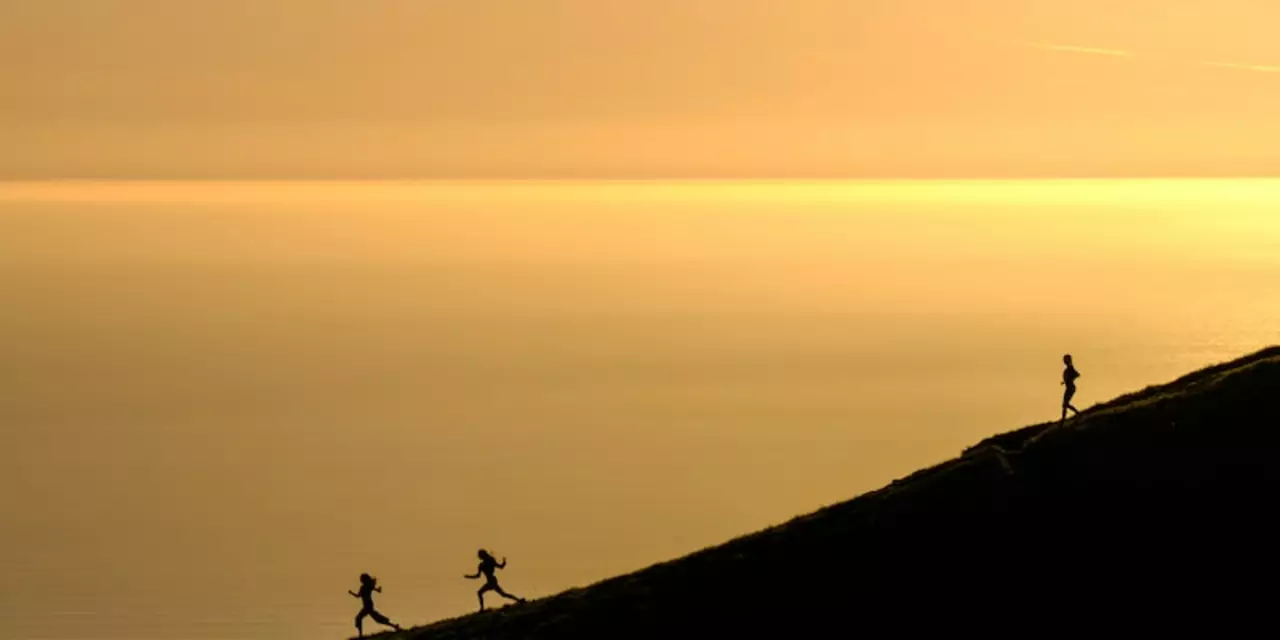Downhill Cycling: How to Ride, Gear Up, and Find the Best Trails
Downhill riding gives you a rush of speed, fresh air, and the feeling of being one with the trail. If you’re new to the sport, the learning curve can feel steep, but with the right bike, gear, and a few simple techniques you’ll be tackling descents confidently. Below you’ll find practical advice that gets you on the bike faster and safer.
Choosing the Right Downhill Bike
A downhill bike is built to handle big drops and rough terrain. Look for a frame that’s sturdy and has a slack head‑tube angle – that makes the bike more stable at high speeds. Aluminum frames are light and affordable, while carbon frames give extra stiffness but cost more. Pick a size that lets you stand comfortably over the top tube; you’ll need room to shift your weight quickly.
Suspension is the heart of a downhill bike. Most bikes come with a front fork and a rear shock that can be adjusted for travel, compression, and rebound. For beginners set the travel around 200mm and keep the compression low so the bike stays lively on small bumps. As you gain confidence, you can stiffen the settings to handle bigger jumps without feeling too soft.
Components matter too. Wide-range gears let you keep a steady cadence whether you’re climbing to the top of a hill or punching out on a fast run. Disc brakes are a must – they give reliable stopping power in wet or muddy conditions. Choose hydraulic brakes for smoother modulation; they’re easier on the fingers when you need to feather the brake on a steep section.
Safety Gear and Riding Techniques
Never skip a full‑face helmet. It protects your head if you take a spill at 30 mph or more. Pair it with padded gloves, knee and elbow pads, and sturdy shoes with good grip. The gear might feel bulky at first, but it’s a small trade‑off for staying injury‑free.
Body position is the secret to staying in control. Keep your elbows bent and shoulders relaxed, eyes looking ahead of the obstacle, not at it. Shift your weight back when you’re on a steep drop and forward on a tight corner. Use the rear brake first to keep the front wheel planted, then add a little front brake to fine‑tune your speed.Finding the right trail is just as important as the bike you ride. Start with beginner‑friendly downhill tracks that have gentle slopes and few technical features. Look for marked trails on local mountain‑bike maps or use apps that show trail difficulty. As you improve, add more challenging runs with bigger jumps and tighter berms.
Keep your bike in good shape. After each ride, clean the chain, check the suspension air pressure, and inspect the bolts for tightness. Small maintenance steps prevent bigger problems later and keep your bike responding the way you expect when you push it hard.
Practice makes perfect. Spend a few minutes each session on a small hill to warm up, then gradually increase the length and steepness of your descents. Focus on one skill at a time – maybe cornering on a berm today and mastering drop‑off techniques tomorrow. Over time the confidence builds and the rides become more enjoyable.
Downhill cycling is all about balance: the right bike, the proper gear, and a clear plan for learning. Follow these basics, stay safe, and you’ll find yourself carving down trails with a smile on your face.
Professional cyclists ride downhill at very high speeds, typically reaching between 60 and 70 mph. Their speed is mainly determined by the gradient of the terrain and the amount of drag and wind resistance they encounter. Professional cyclists also use their weight and aerodynamic positioning to their advantage, which allows them to reach even higher speeds. Additionally, they use the most effective braking techniques, such as feathering the brakes, to keep their speed under control. Overall, professional cyclists are capable of reaching very high speeds on downhills and use a variety of techniques to ensure their safety.
Continue reading...
